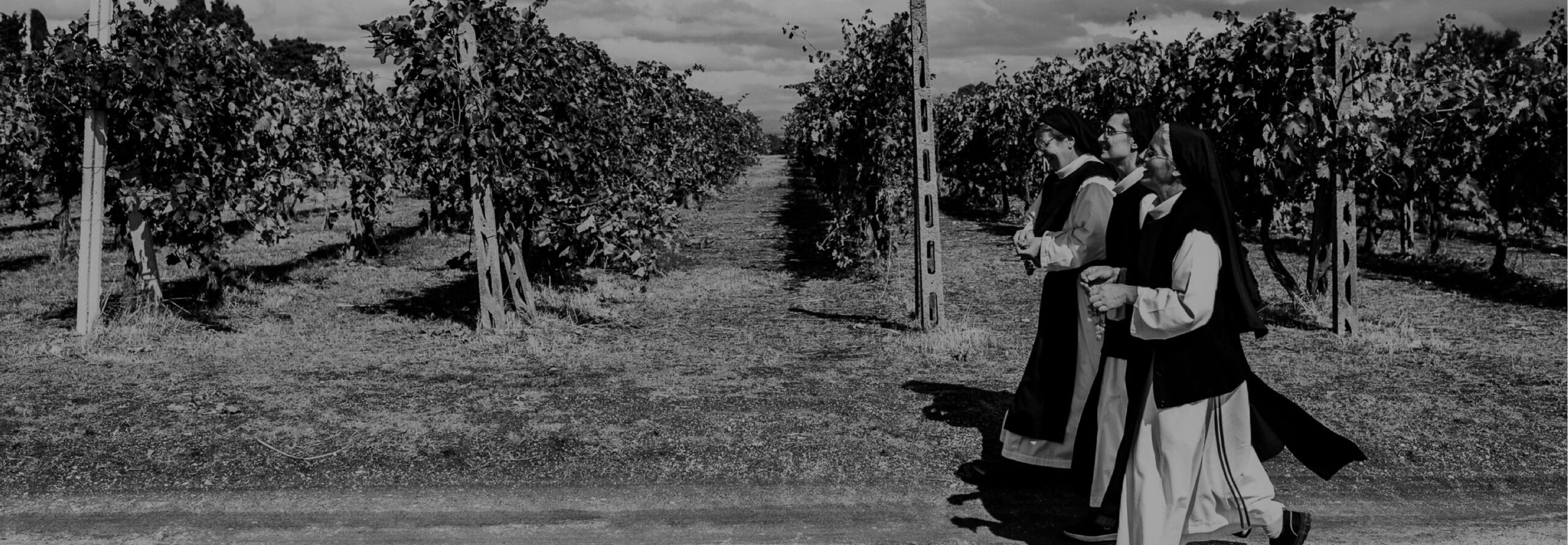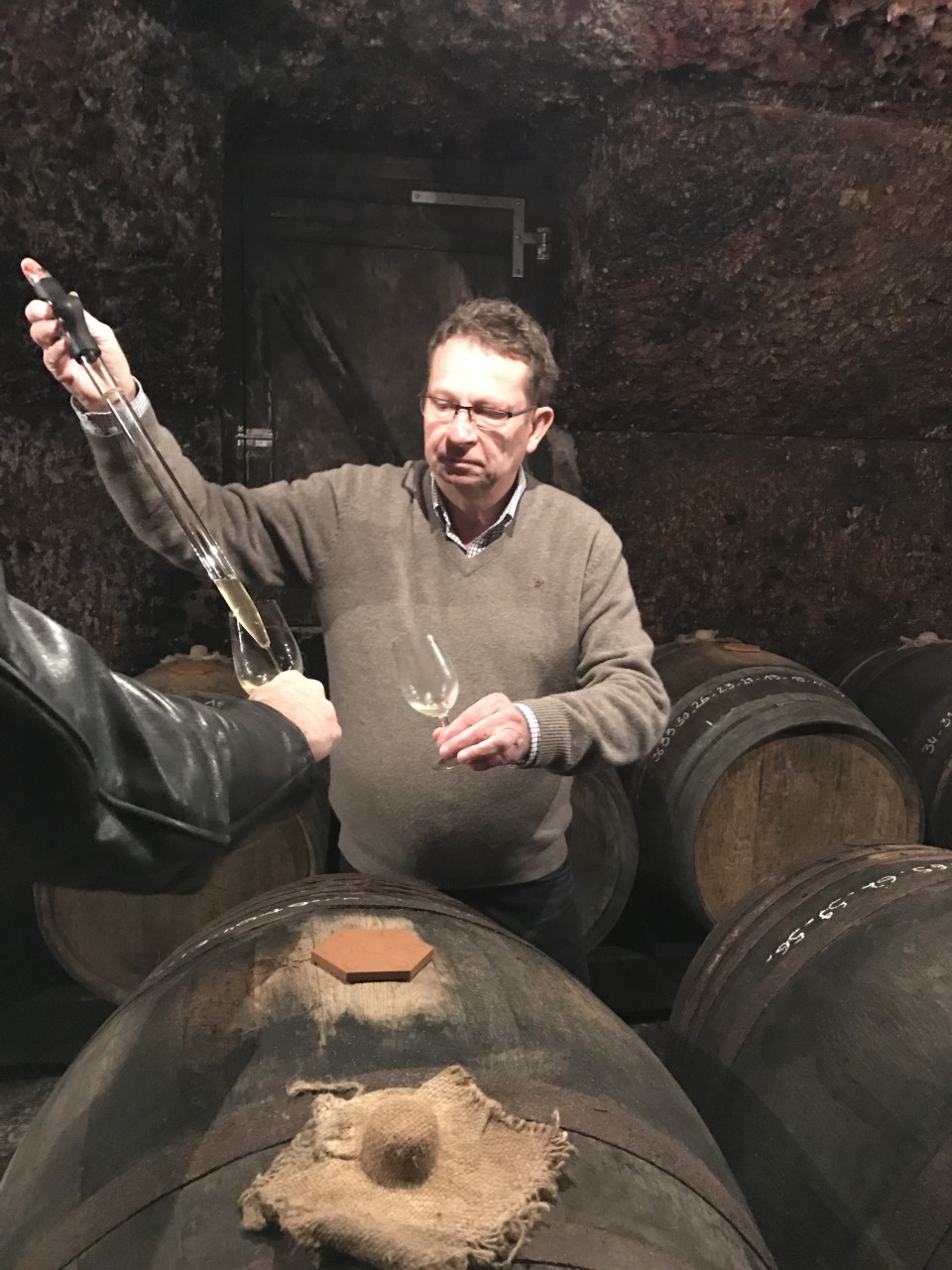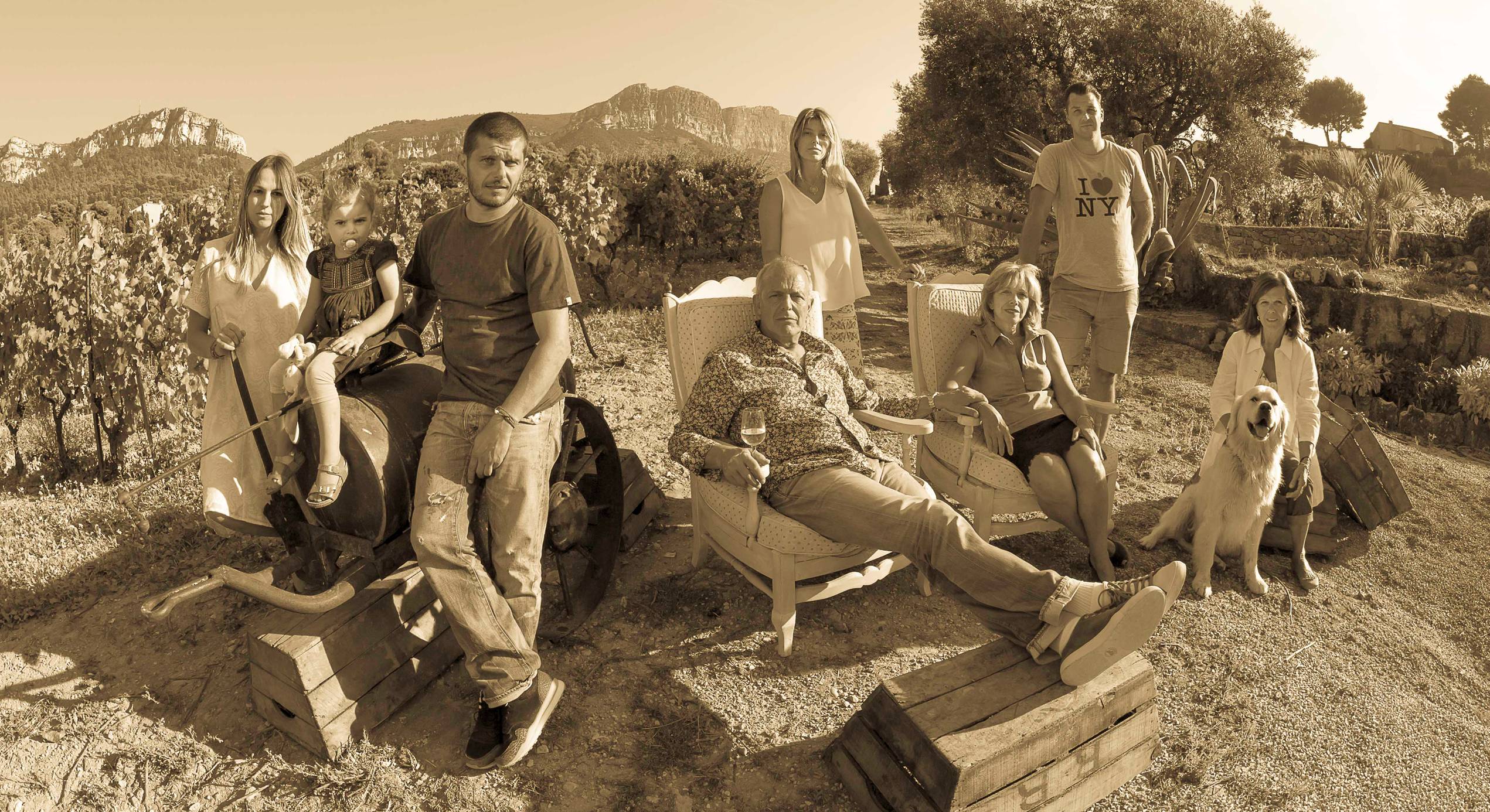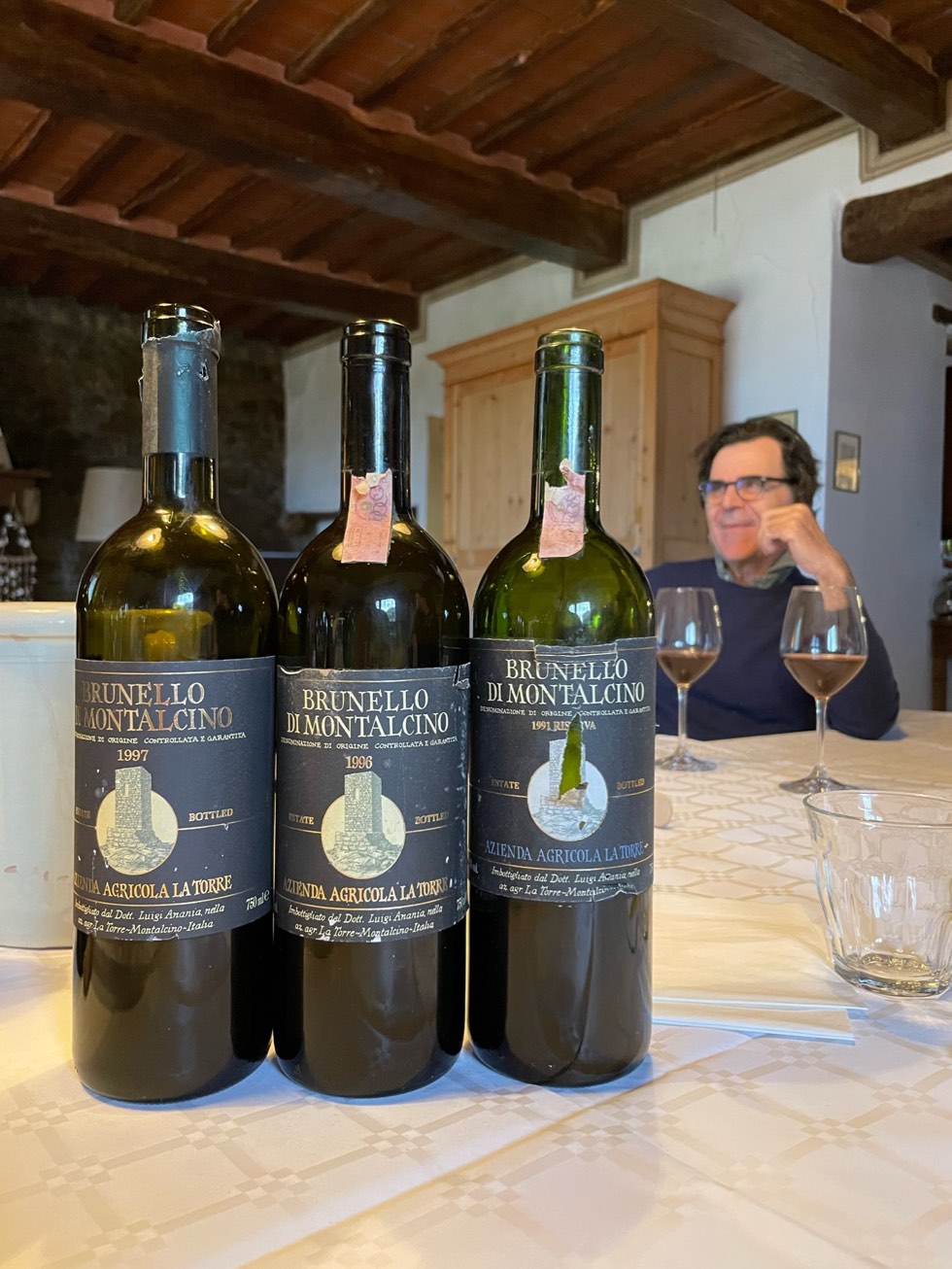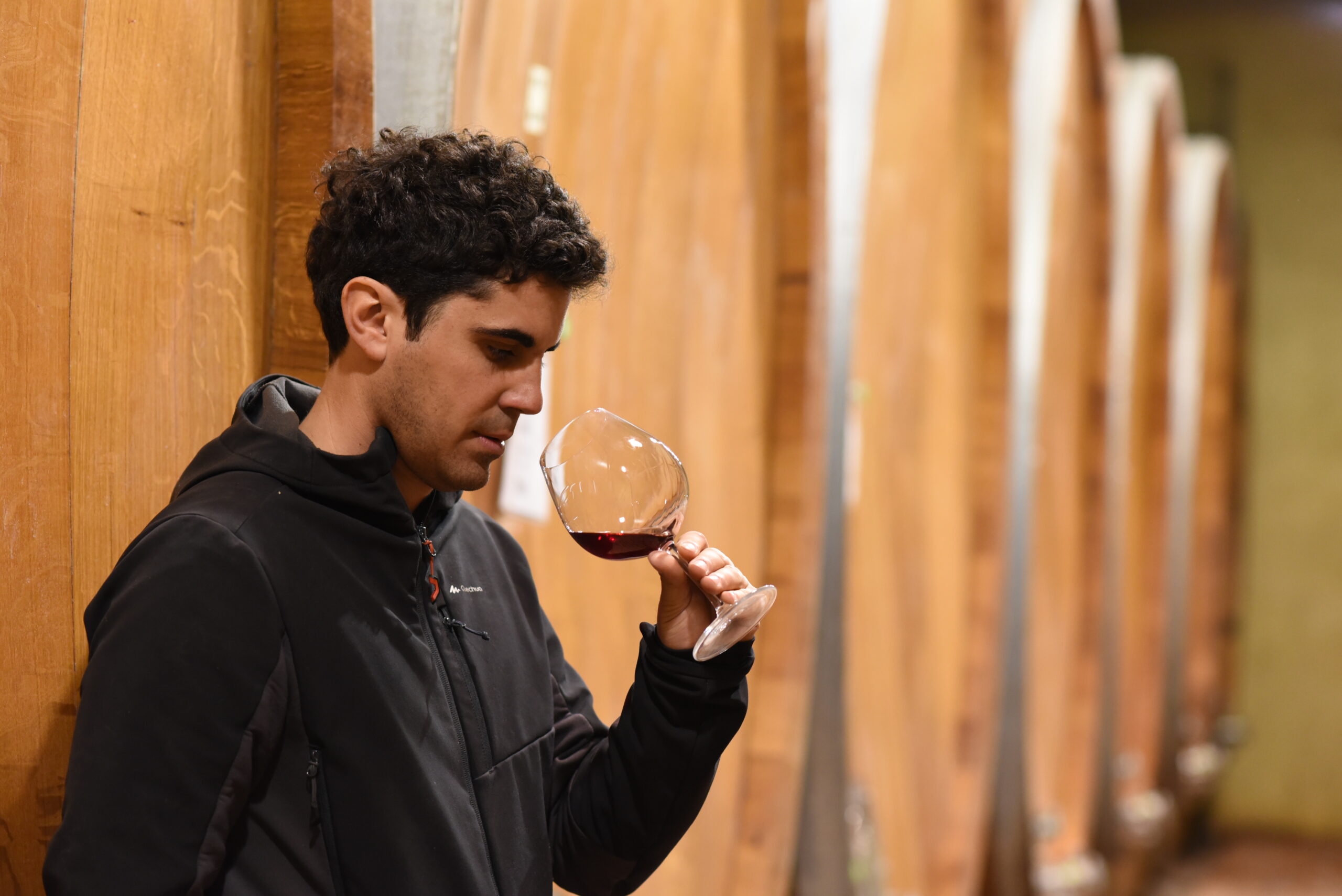
Francesco Versio has elevated the output of Figli Luigi Oddero to new heights in recent years.
Nebbiolo expresses site character like few other grape varieties, and the proliferation of single-vineyard Barolo and Barbaresco in recent years represents a feast in that regard. Even as we gain a greater collective understanding of the Langhe’s terroirs, however, there are certain sites whose historical reputation elevates them to near-mythical status. Although Barolo employs no hierarchical classification of its crus, vineyards like Brunate, Gabutti, Monprivato, and Rocche di Castiglione are widely considered grand crus in all but name.
Amidst this lofty company, one cru stands alone: Vignarionda, in Serralunga d’Alba. While “greatest” can be a matter of personal preference, what sets apart Vignarionda is its utter distinctiveness; it is as different in character from its immediate Serralunga neighbors as it is from sites much further away. In that regard, it embodies the essential irreducibility of a true grand cru—a site with a force of personality that overwhelms other considerations and resoundingly affirms the mysteries of terroir. As Alessandro Masnaghetti writes in his reference tome Barolo MGA Vol. 1, “…the Barolo which is produced here can be termed—even more than a Barolo of Serralunga d’Alba—a Barolo of Vignarionda, such is the imprint of the cru.”
Taking its name from the roundness of its hill (rionda derives from rotunda, or “round”), Vignarionda occupies the center of a ridge in the commune of Serralunga d’Alba. In its soils of clayey marl, birthed in the Lequio formation, rich in limestone and suffused with sandy elements, it resembles many others in the commune. Translated into wine, however, Vigna Rionda always distinguishes itself within the offerings of its nine-odd owners.
As one of the first families to begin bottling Barolo in the late 19th century, the Oddero estate at its apex owned a staggering 70 hectares of Nebbiolo di Barolo; even after the split in 2006 between brothers Giacomo and Luigi, the two estates each commanded an enviable swath of this prized land. We happily began partnering with Figli Luigi Oddero in 2019, shortly after wunderkind Francesco Versio (ex- of Bruno Giacosa) assumed cellarmaster duties and began elevating quality here to new heights; and we have been uniformly thrilled with the breadth and depth of the estate’s offerings these past several years.
Among their 30-odd hectares of Barolo, expressed in single-cru bottlings such as Rive in La Morra and Rocche Rivera in Castiglione Falletto, as well as a formidable flagship Barolo “Tradizionale,” it is Oddero’s single south-facing hectare in Vignarionda which—unsurprisingly—produces their most profound wine. As with all their Barolo, it ferments spontaneously in cement and passes three years in enormous Slavonian-oak casks; given its pedigree, however, the estate holds it in bottle an additional three years before release. It was Bruno Giacosa who became the vineyard’s most visible and vocal champion in decades past, and it is thus fitting that his protégé today shepherds Figli Luigi Oddero’s version into bottle.
We stand prepared to receive the epic 2016 Oddero Vignarionda, from a justly lauded vintage considered unanimously to be a modern-day classic. This extra aging does wonders for the wine, as Vignarionda is notoriously reticent in its extreme youth, but a bit of patience—which the estate kindly exercises on our behalf—allows its singular character to emerge in force. Its nose, full of wild animal, evokes forest depths, prompting a physiological response: widening eyes, a sharp intake of breath, a sense that this, here, is truly special. There’s something provocative about a wine such as this, which all but forces the taster to reckon with its very existence, threatening to rearrange one’s very notion of what the category can be. The palate similarly elicits wonder—a dynamic and potent unfurling of lip-smacking minerality, ultra-fine-grained tannins, and dense, small-berried fruit. With a mere 50 cases allocated to our market, we wholeheartedly invite you to share in its grandeur.
More on Figli Luigi Oddero here.
Related
